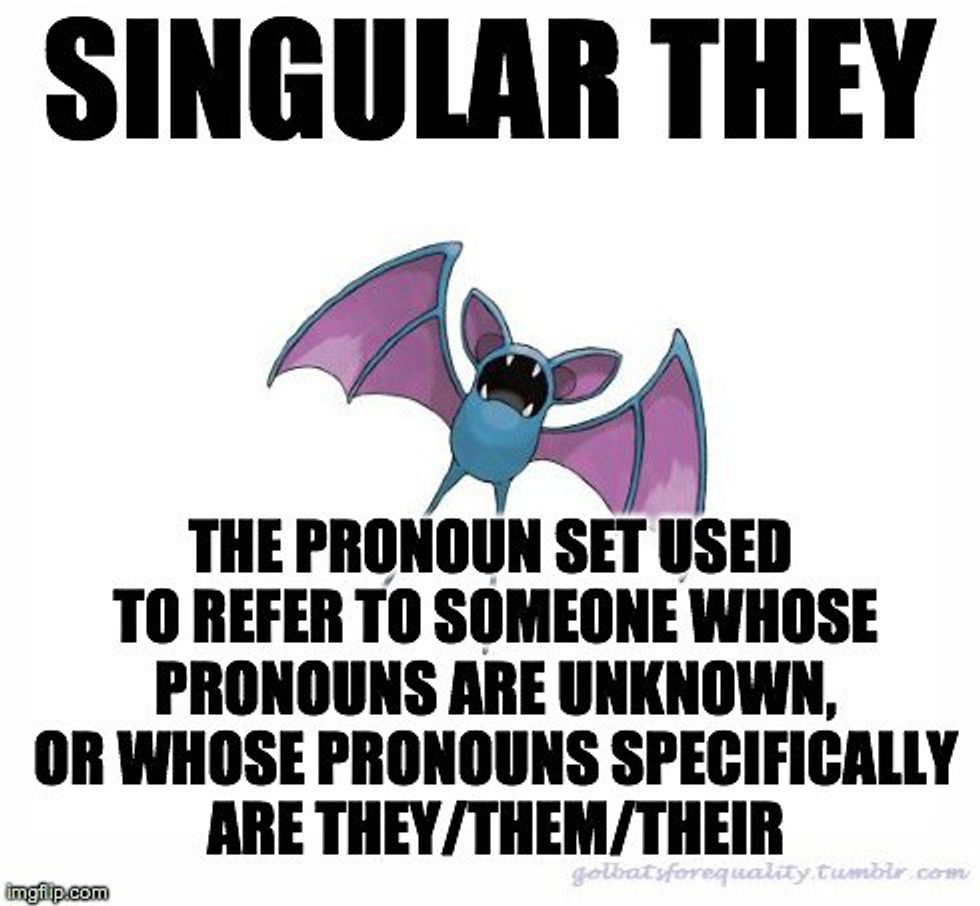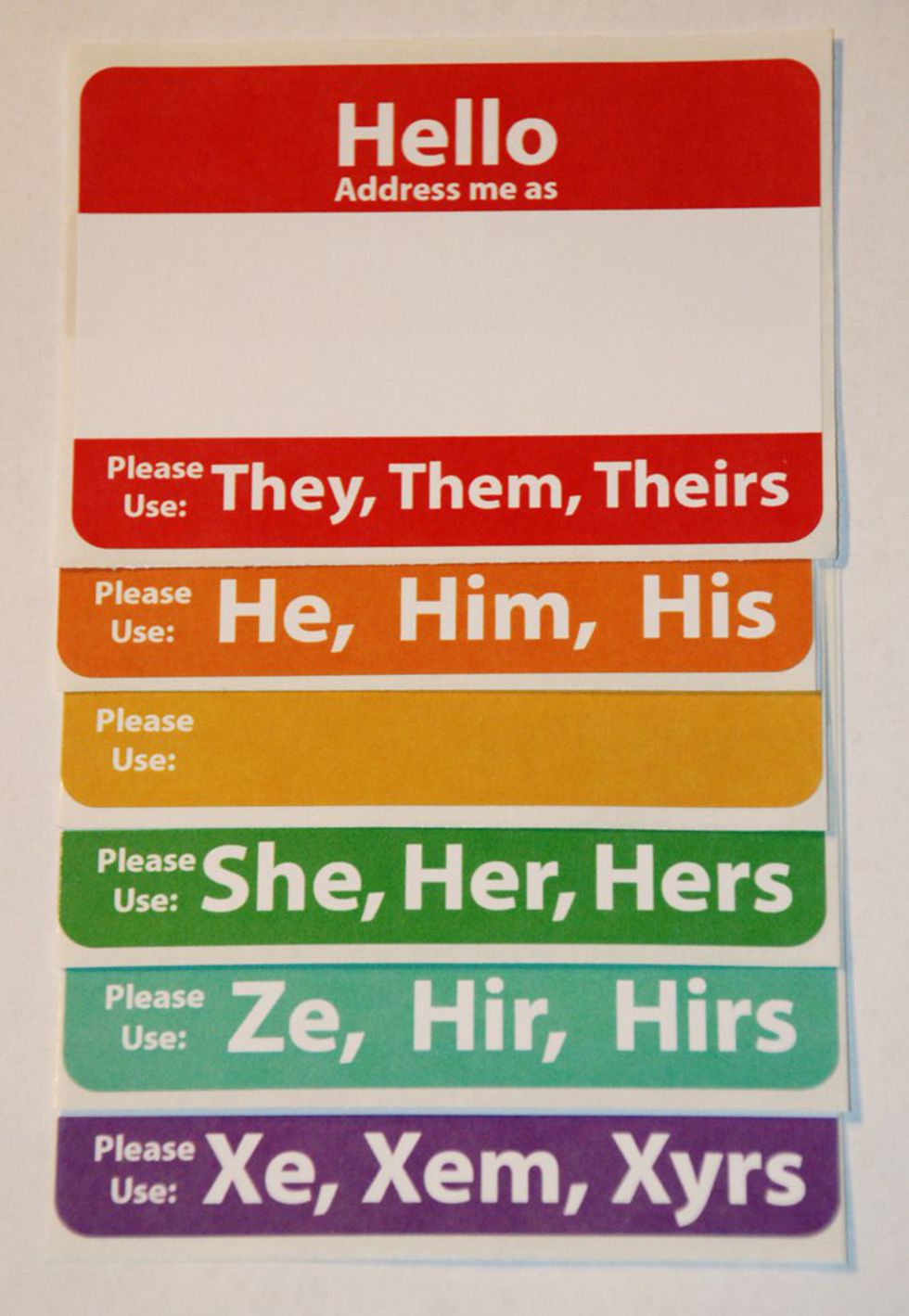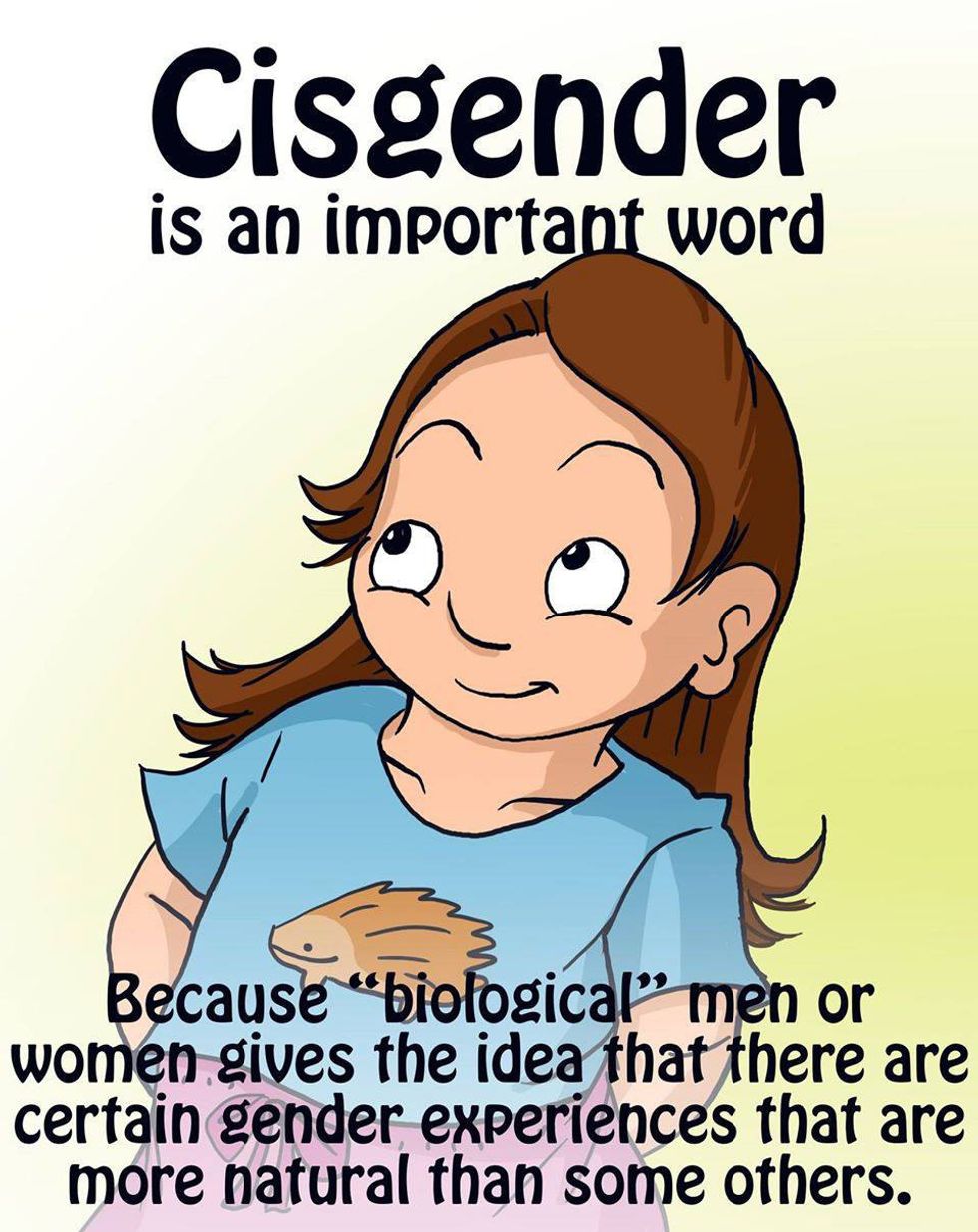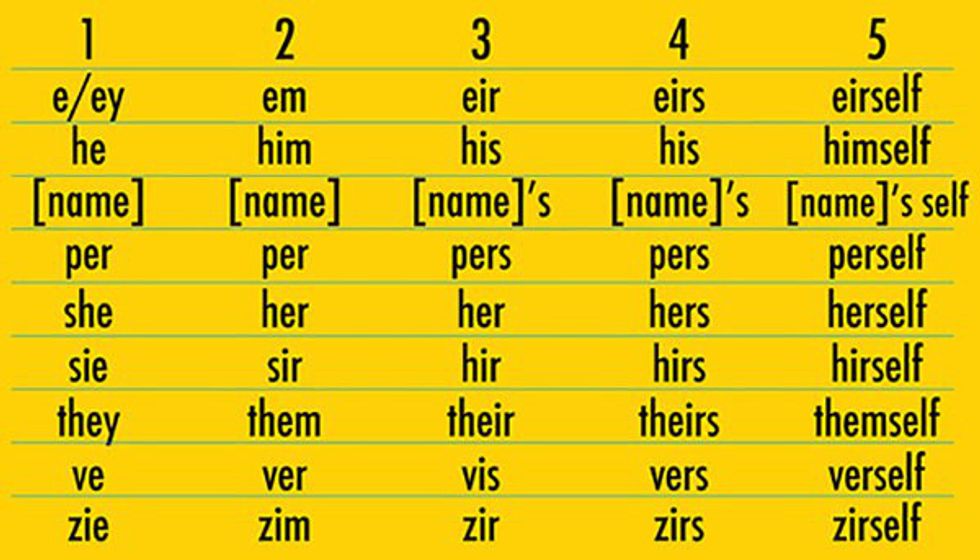This last week, I bore witness to an excessive (and coincidental) number of tales to a historical argument. Each account drew results that were missing correct scientific feedback. So the question remains: What hurts worse, giving birth or a straight shot to the sacred gems? It has stood a continuous war against the sexes. A popular conversation of every pubescent, social tween attending junior high across the globe. Today, I put an end to mediocracy, I clear the air for my fellow patrons. The time has come to disregard false impositions, bury defensive opinions and physical evidence of who has what parts. Claiming the position as male nor female lends you the upper hand on the matter. So sit down and listen to some qualified statistics.
OK, who truly has it worse? First off, women were constructed and "gifted" the utterly, unholy duty to bring life into this world. Or also known as, the act of squeezing a bowling ball through a sink drain. Men were designed with testicles, which are practically a pair of inside out ovaries that perform a different, yet similarly important task. In any case, both the ovaries and the testicles are referred to as "gonads." Yes ladies, that's right: you can technically say that you are the proud owner of gonads.
Now, according to Gizmodo , the mathematical limit of pain is 49 Del Units. Meaning apparently the human body cannot exceed this capacity. However, when a woman gives birth, the female body is said to experience around 57 Del Units of pain. This has been confirmed to have the equivalent of breaking 20 bones at once. Yikes. The male body is said to experience around 9,000 Del Units of pain the exact instant the foot, fist, elbow, crowbar, you name it, interfaces with the gonads.
Now both of these claims cannot be correct if the human pain limit is set at 49 Del Units. These particular exceptions round us back to the concept of "Del" which doesn't exist as a meaning nor word alone. However, "dole" from the latin word "dolor" meaning pain, is considered a real word with an official meaning. The reason we use "Del" instead of "dole" I cannot say. I mention this because it means the human race created pain.
So the real question standing: what is pain? The physical formation of pain Is a significant nerve designed in the body called the "Nociceptor." Unlike other nerves, they only react when the "pain threshold" is affected. This means the nerve is individual and unique in every single human being. This also means pain is scientifically proven to provide a different experience for every living thing on the planet.
Some of these nociceptors do respond faster than others. The quick reactors surface intense, sharp and effective sensations to the targeted area. While some nociceptors react slower, leaving prolonged feelings of aches and throbs. The testicles are covered in nociceptors, so regardless of how the nerves react, the pain threshold is immediately activated when the nociceptors are engaged in direct contact.
Now you're thinking, "Oh OK, so males have it worse, right?" Well, not exactly. See, women are also equipped with specific nociceptors that come into play when the uterus is expanded, especially for an extended length of time. This process is otherwise known as the pleasant duration of labor. Labor causes an equal amount of pain in the stomach, uterus, hips and spinal cord as a blow to the gonads, for eight to 48 hours (time varies per person).
The most realistic (and abstract) explanation for this argument is that pain is not a physical, but a mental subjective of the mind. Therefore, pain is completely up to its beholder. This informs us we are unable to make accusations as to when the precise moment a woman gives birth, the pain equals or differs from a swing to the nuts. We technically cannot deliver a definite answer, so neither team takes the glory.
With that said, I note I would rather be kicked in the gonads numerous times, repeatedly, then have to withstand a nine-month pregnancy with a possible two-day labor in order to push a bowling ball out of my sink drain.






























